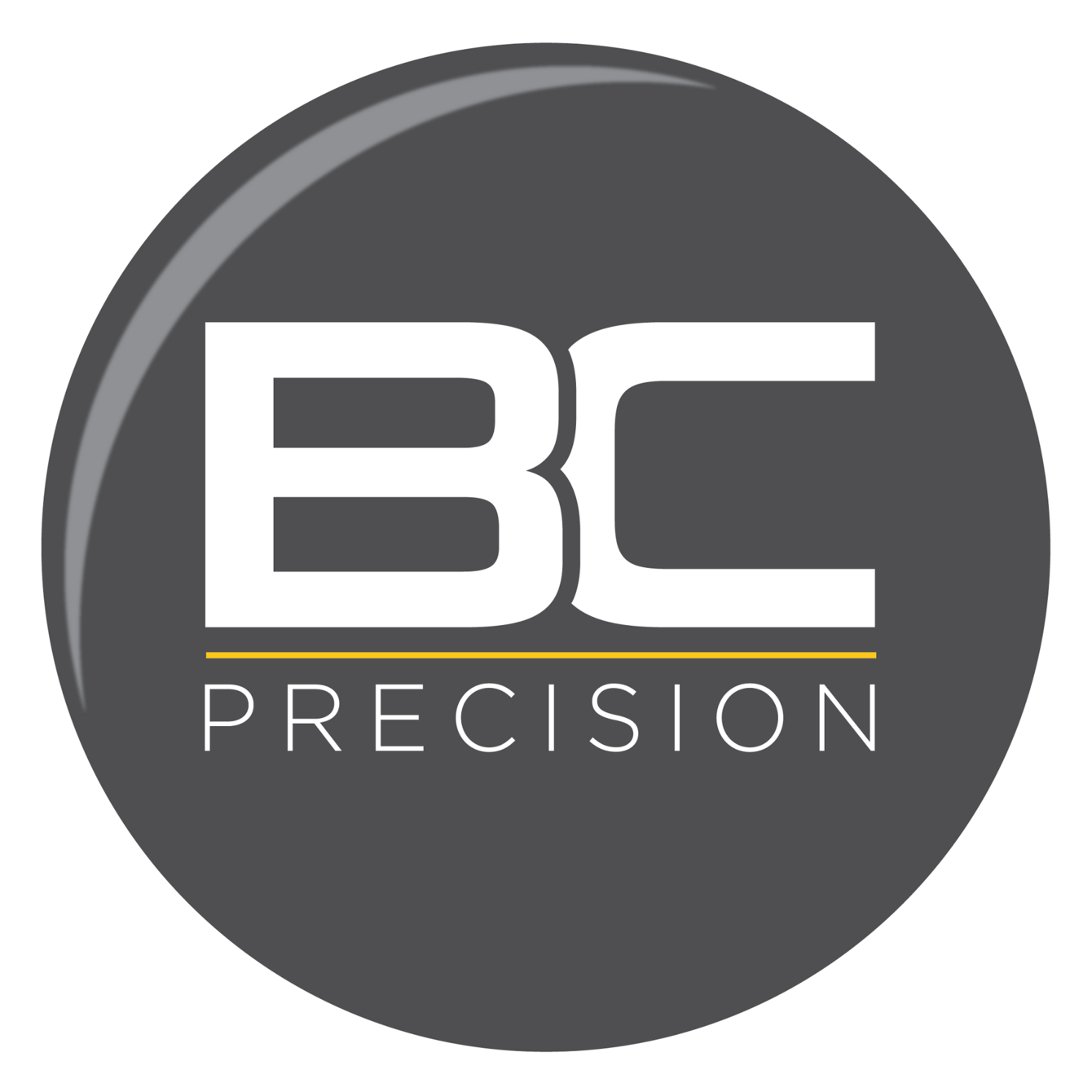Material Options for Precision Balls: A Comparative Guide
Precision balls are vital components in countless applications, from high-speed bearings to delicate scientific instruments. Choosing the right material for these balls is crucial for ensuring optimal performance, durability, and cost-effectiveness. This article will compare and contrast the properties of three popular precision ball materials: stainless steel, ceramics, and plastics.
Stainless Steel:
- Properties: High strength, hardness, and wear resistance; excellent corrosion resistance; good thermal conductivity; available in various grades with specific properties (e.g., austenitic, martensitic).
- Advantages: Durable, long-lasting, withstands high loads and temperatures; readily available; cost-effective for many applications.
- Disadvantages: Can be susceptible to rust in certain environments; higher weight compared to some materials; limited chemical resistance for some grades.
- Applications: Bearings, valves, pumps, medical instruments, automotive components.
Ceramics:
- Properties: High strength, hardness, and wear resistance; excellent chemical resistance; good thermal conductivity; low coefficient of friction; non-magnetic.
- Advantages: Extremely durable, long-lasting, withstands high loads and temperatures; excellent corrosion and chemical resistance; low friction allows for high-speed operation.
- Disadvantages: Relatively high cost; susceptible to chipping or cracking if dropped; limited availability compared to other materials.
- Applications: High-performance bearings, aerospace components, medical devices, semiconductor processing equipment.
Plastics:
- Properties: Wide range of properties depending on the specific plastic chosen; generally lower strength and hardness than steel or ceramics; good chemical resistance; lightweight; low friction; non-magnetic.
- Advantages: Cost-effective, especially for low-load applications; lightweight reduces inertia and energy consumption; readily available in various colors and sizes; good electrical insulation properties.
- Disadvantages: Lower strength and wear resistance than other materials; limited temperature range; can be susceptible to deformation under high loads.
- Applications: Low-load bearings, toys, rollers, cosmetic packaging, electronic components.
Choosing the Right Material:
The ideal material for your precision ball application will depend on various factors, including:
- Load: How much weight will the balls be subjected to?
- Temperature: In what temperature range will the balls operate?
- Chemical Environment: Will the balls be exposed to any chemicals or corrosive substances?
- Speed: How fast will the balls be rotating or moving?
- Cost: What is your budget for the balls?
- Weight: How important is it for the balls to be lightweight?
By carefully considering these factors and comparing the properties of different materials, you can make an informed decision that will ensure the optimal performance and longevity of your precision balls.
Additional Considerations:
- Surface finish: The surface finish of the ball can also impact its performance. A smooth finish is crucial for low-friction applications, while a rougher finish may be better suited for gripping surfaces.
- Manufacturing process: Different manufacturing processes can produce balls with varying degrees of precision and quality. Choose a reputable manufacturer who uses high-quality materials and processes to ensure you receive consistent and reliable precision balls.
Ultimately, there is no "one size fits all" solution when choosing a material for precision balls. By understanding the properties of different materials and considering your specific application needs, you can make the best choice for optimal performance and long-lasting value.
